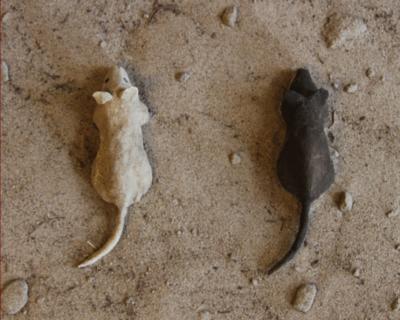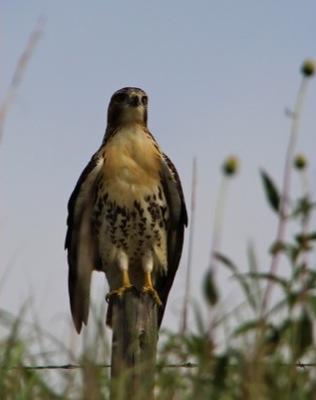To explore the basic concept of natural selection, this presentation employs Hoekstra Laboratory research on cryptic coloration in wild mice of Nebraska as an example study system. It is intended for students in introductory or advanced high school biology classes, and will work well as a complement to basic lessons in genetics and evolution.
The short version of the presentation includes the lab’s observations of variation, heritability, and differential fitness in populations of light and dark mice living on adjacent light and dark soil types, respectively. It is intended to give students a “real-life” example of adaptation and of research in the field of evolutionary biology. The longer version includes the initial shorter presentation, but then continues on with examples of specific experiments performed by Hoekstra Lab members to demonstrate the action of natural selection in this particular system. The intent is to demonstrate the use of ongoing, modern science to address fundamental questions regarding the mechanism of natural selection. This portion of the presentation can be given in two ways: The instructor may present the Hoekstra Lab’s methods and findings, or may present the methods, discuss them with students, and then supply the students with raw data sets to analyze in small groups (please see links below for data and analysis suggestions). If the latter choice is taken, students may then be asked to prepare presentations of their findings, and to compare these with those of the Hoekstra Lab.
Power point short
Slides as pdf
Slides narrative


